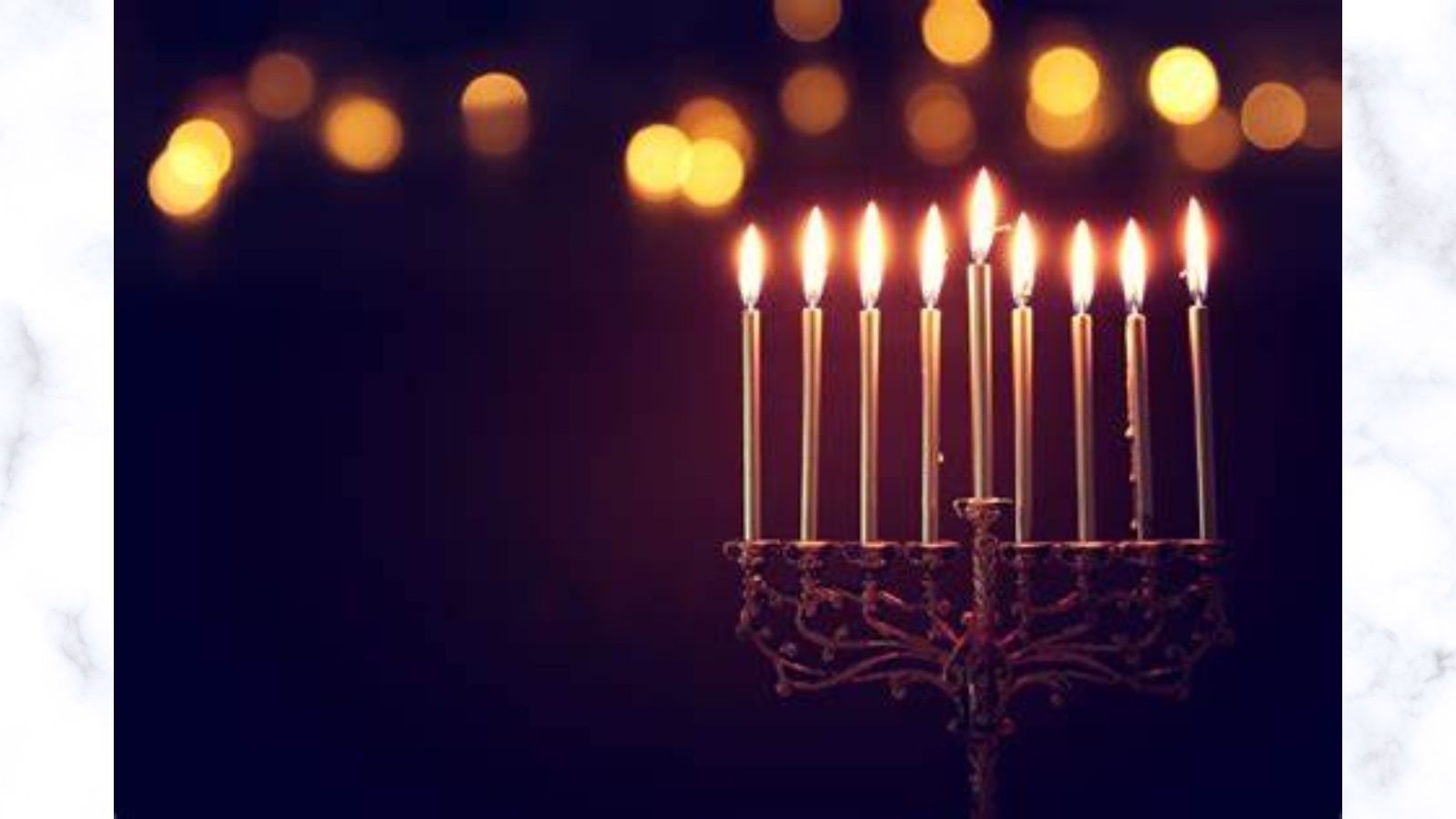Hanukkah 2023: The Hebrew holiday known as Hanukkah, which means “dedication,” starts on the 25th of Kislev and typically occurs in November or December. The holiday, which is also known as the Festival of Lights, is observed with the lighting of the menorah, traditional foods, activities, and gifts.
The Hanukkah History
Hanukkah, also known as Chanukah, is an eight-day Jewish holiday that honors the rededication of Jerusalem’s Second Temple in the second century B.C., the year that Jews revolted against their Greek-Syrian oppressors in the Maccabean Revolt. The Maccabees are the name given to this Jewish group. The initial letters of the Hebrew phrase “Mi Kamocha Ba’eilim Hashem,” which means “Who is like You, God,” were used to create the name.
Like the histories of many other religious or ancient holidays, Hanukkah’s history has multiple beginnings and endings. The Hanukkah holiday was inspired by events that happened in a particularly turbulent time in Jewish history. Antiochus III, a Seleucid king of Syria, ruled Judea, or modern-day Israel and Palestine, in the year 200 B.C. He allowed the local Jews to continue their religious practices. Antiochus IV Epiphanes, his son, turned out to be less charitable. According to historical accounts, he forbade Jews from practicing their religion and commanded them to worship Greek deities.
When Antiochus IV Epiphanes’ soldiers invaded Jerusalem in 168 B.C., they slaughtered thousands of people. They desecrated the city’s revered Second Temple by building an altar to Zeus and offering pig sacrifices inside its walls.
A massive uprising against Antiochus and the Seleucid monarchy began, spearheaded by the Jewish priest Mattathias and his five sons. Following Matthathias’s death in 166 B.C., his son Judah assumed leadership as Judah Maccabee, also referred to as “the Hammer.” Using mostly guerilla warfare techniques, the Jews were able to drive the Syrians out of Jerusalem in less than two years.
The uprisings proved to be successful, and the Jews were granted permission to resume their religious activities in their temples. To do this, Judah gave his followers the orders to clean the temple and burn a menorah all night long, every night, with oil that had received the high priest’s blessing, until a new altar could take the place of the old one.
This is the gold candelabrum, which was supposed to burn nightly and whose seven branches stood for creation and knowledge. However, the remaining oil was limited to one flask, which would only last for one night. Nevertheless, they lit it, and it remained lit for the eight days required to press fresh oil.
One of the most important books in Judaism, the Talmud, claims that Judah Maccabee and the other Jews involved in the rededication of the Second Temple saw what they took to be a miracle. The menorah’s candles could only burn for one day with the amount of untainted olive oil that was present, but the flames flickered for eight nights, giving them time to locate a new supply. This amazing event inspired the Jewish sages to announce an annual eight-day festival.
The Torah does not contain the Hanukkah story because the events that gave rise to the holiday happened after it was written. However, the New Testament mentions it, and there is a scene where Jesus goes to a “Feast of Dedication.”
Hanukkah Events
Put out the Menorah.
Use the “shamash,” or head candle, to light one of the Menorah’s eight candles on each Hanukkah night, so that by the final night, all eight will be burning! A significant Jewish custom is lighting the Menorah, which represents an everlasting flame and serves as a reminder of the wonder of life.
Give a little gelt.
Gelt, or chocolate coins wrapped in gold foil, are a customary Hanukkah treat. The custom dates back to the time when the Maccabees, having vanquished the Greeks, were generating their own currency!
Turn a dreidel.
A dreidel is a kind of spinning toy with four sides. Hebrew letters are written on each side: “nun” denotes doing nothing, “shin” denotes adding something, “he” denotes receiving half of the portion in the middle, and “gimel” denotes receiving the entire pot. Have fun playing with gelt or real money!
5 facts
An explanation of Hanukkah
In English, the word means “dedication.”
How long is Hanukkah?
Because of how long the holy light burns, Hanukkah lasts for eight nights.
Everyone lights a menorah every night.
Every night, nine candles are lit in a holder called a menorah.
Gift-giving wasn’t a constant.
During Hanukkah, giving money was more common; however, as Christmas gained popularity, this trend shifted.
A fried meal for Hanukkah
Hanukkah cuisine that is fried represents the oil that burned for eight nights.
Putting on Your Own Shoes Day 2023: Date, History and amazing facts about shoes
Why We Appreciate Hanukkah
It’s a lovely tale.
Hanukkah commemorates the rededication of the Jerusalem Temple and the Jewish victory over a despotic ruler. The menorah needed to be lit in order to rededicate the holy temple, but there was only enough oil for one day. The Jews battled for their freedom and won it back. The oil burned for eight days, miraculously. An eight-day festival called Hanukkah is observed to remember the eight-day miracle.
There are eight celebration nights.
Hanukkah is eight nights of fun instead of just one! That means you have eight nights to spend with your loved ones, lighting the menorah, cooking a hearty dinner, and yes, exchanging gifts! It’s an occasion to sample some traditional fare, like fried potato fritters called “latkes” and doughnuts filled with jam called “sufganiyot.”
We adore underdog wins.
Who doesn’t enjoy it when smaller groups defeat more powerful opponents? On Hanukkah, we celebrate the victory of a small Jewish group over far larger Greek forces.
HANUKKAH DATES
| Year | Date | Day |
|---|---|---|
| 2023 | December 7 | Thursday |
| 2024 | December 25 | Wednesday |
| 2025 | December 14 | Sunday2023: Date, History and |



